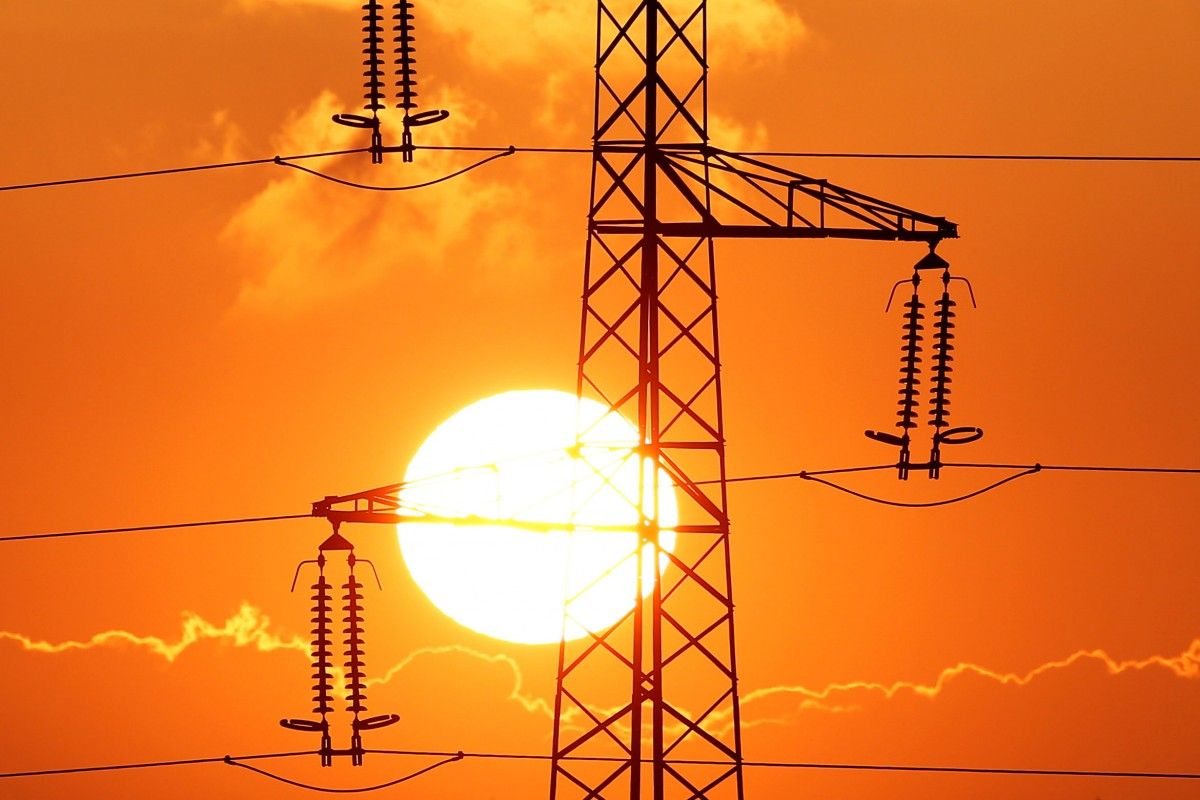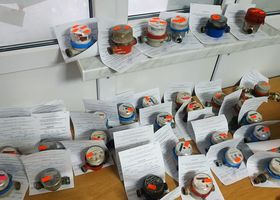Disproportion between intraday and balancing electricity markets may indicate anticompetitive actions
The situation needs to be investigated, and possibly needs the intervention of regulators, as well.
The National Commission for State Regulation of Energy and Utilities (NERC) and the Antimonopoly Committee of Ukraine (AMCU) should investigate the reasons why the share of the balancing market in the first month of the electricity market operation exceeded the share of the intraday market. This opinion was expressed by Bohdan Serebrennikov, an expert of DiXi Group, in the commentary for online media"Ukrainian Energy".
"The fact that the share of the balancing market is greater than the share of the intraday market should be a signal for proper analysis – above all, by the NERC and the AMCU," the expert said.
According to him, this may be due to the inability of the market agents to work in the intraday segment,and just takes some time to study and normalize the bidding.
"And, on the other hand, it can be indicative of some conscious actions by producers that reduce the supply of electricity in the intraday market in order to sell it on a balancing market, where prices are higher. In any case, the best safeguard against possible market abuse is to increase its competitiveness and transparency," said Serebrennikov.
According to SE "Market Operator", in the first five days the share of intraday market reached only 1.1%, while the balancing market accounted for 3% of the volume of electricity sold.
Bohdan Serebrennikov notes that the distribution of shares between the intraday and balancing market segments should be reversable. One of the reasons for this disproportion is the lack of system operation intest mode for 6 months before the electricity market starts.
"According to the Law of Ukraine "On the Electricity Market", there should have been market functioning in the test mode, which was not really present. A full testing of the new market should reveal probable problem points, distortions in trade volumes and prices, and it would be time to react normally to them. Now we have to do everything "from the wheels," which usually increases the risks while reducing the effectiveness of the relevant decisions," Serebrennikov emphasized.
At the same time, the correlation between the shares of bilateral contracts market (BCM) and the "day-ahead" market (DAM) (in terms of physical sales of electricity), which emerged in the first month of the new wholesale market model, is quite similar to the structure of more mature and competitive markets of the European countries. However, it is still too early to make sound conclusions about the performance of the wholesale market.
"For example, the bilateral contracts market cannot be considered liberalized, since about half of all electricity produced in the country (90% of NPP and 20% of HPP and PSPP) is sold under the current PSO mechanism at regulated prices," the expert added.
As reported, on July 5, the SE "Market Operator" published its first report on the operation of the electricity market, which has been launched since July 1.
According to the data of the enterprise, as of July 1-5 approximately 65.7% of the market accounted for BCM, 30.2% – for DAM, 1.1% – for IDM, and 3% – for balancing market.









